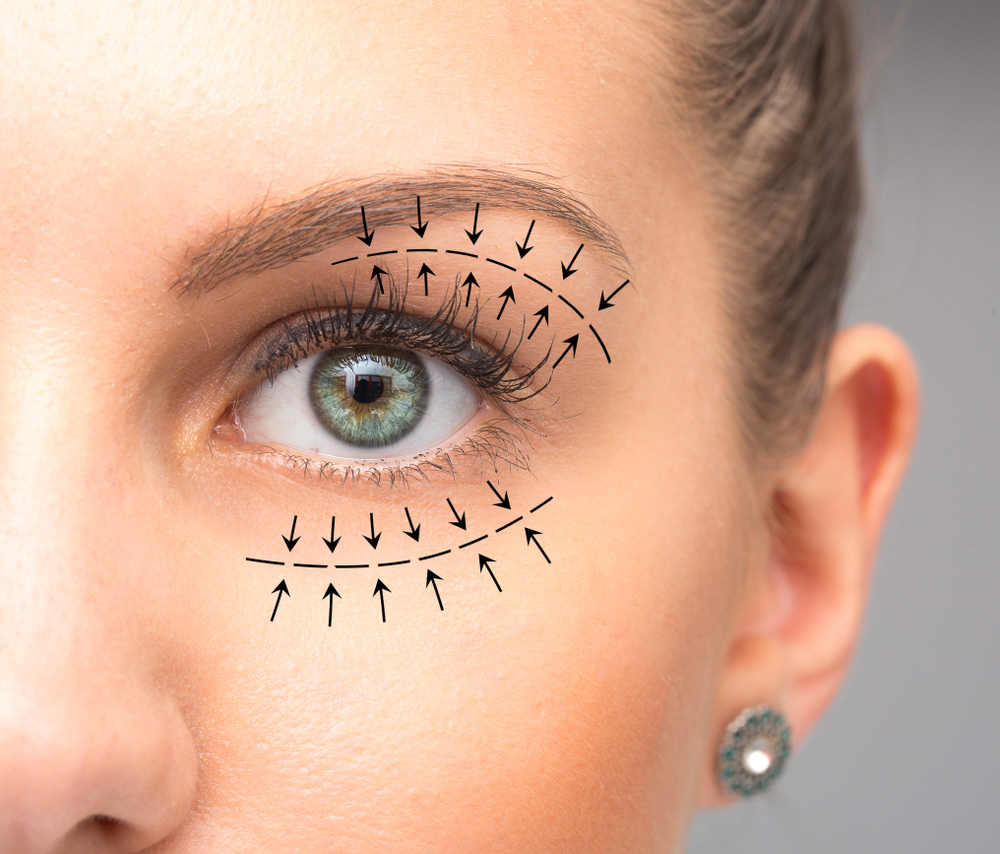While there are many breast reconstruction techniques available, they fall into two categories: implants and autologous techniques. The latter is also sometimes called “flap” reconstruction. In autologous reconstruction, the surgeon uses tissue taken from another part of the patient’s body such as their belly or back and uses it to reconstruct the breast.
What kinds of implants are there?
Implants have a silicone shell filled with a saline solution or silicone gel. The latter has been FDA-approved since 2006. A new version of the silicone gel implant is called a cohesive gel implant. This type is also called a form-stable implant, for it keeps its shape even if the cover is cut or broken. The FDA approved form-stable implants in 2013. There are also clinical trials studying implants made from different shells and/or filled with different substances.
What kinds of flap reconstruction are there?
The most common flap reconstructions use tissue taken from the lower abdomen or upper back. In a TRAM (transverse rectus abdominis muscle) flap procedure, the surgeon uses skin, blood vessels, fat, and muscle from the lower abdominal wall. It can decrease the strength of the belly; therefore, it may not be possible in women who have had abdominal muscles removed in other surgeries. The procedure can also make the lower belly tighter, as if the patient had had a tummy tuck.
The DIEP (deep inferior epigastric perforator) flap procedure also uses skin, fat and blood vessels from the lower abdominal wall. The surgeon, however, does not take any muscle from the abdomen, making it less likely to cause a hernia or bulge than a TRAM procedure.
In a latissimus dorsi flap procedure, the surgeon uses fat, blood vessels and skin taken from the upper back. It can be used with or without an implant. Unlike some other breast reconstructions, it can be performed on smokers.
Newer and less common flap procedures involve taking tissue from either the buttocks or inner thigh. Only a few hospitals or surgeons offer them.
What are the advantages and disadvantages of the procedures?
Implant reconstruction is easier to perform and has a quicker recovery time. On the other hand, the implants are more likely to develop problems that will need the surgeon’s attention.
Autologous reconstruction takes longer to perform and has an extended recovery time. However, the effects are permanent and less prone to develop complications. Once the patient is fully recovered, they are less likely to need more procedures than the patient who got an implant. The reconstructed breasts are more likely to look natural and change with the rest of the patient’s body than an implant is. For example, if the patient gains or loses a lot of weight, the breast made from flap reconstruction will accordingly change size and shape, while a silicone breast will not.
At Georgia Plastic and Reconstruction Surgery, we have extensive experience helping patients with their cosmetic needs. From breast reconstruction and liposuction to ultherapy, we offer a variety of services to assist patients in reaching their ideal image. For more information, contact us today to schedule your consultation. We will be happy to review your concerns and customize a treatment plan right for you.




